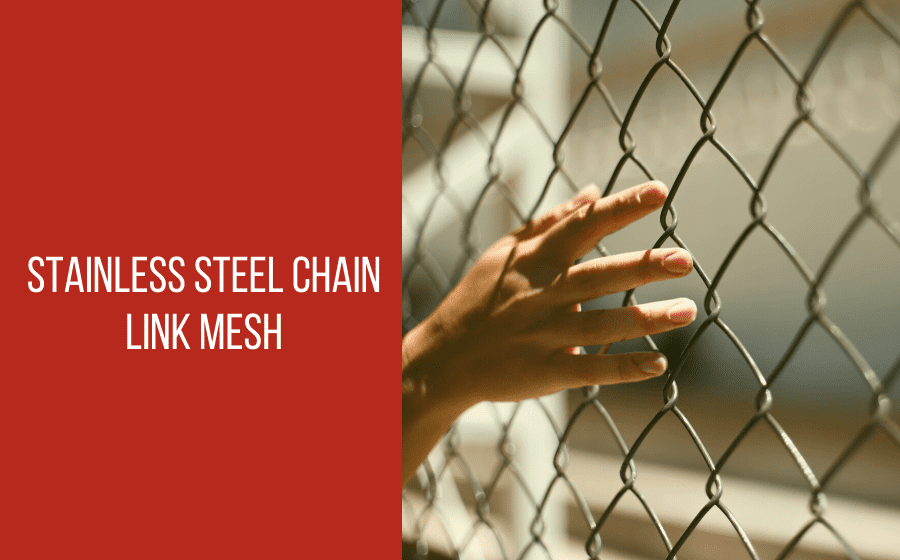Ten Ways To Make A Chain-link Fence More Secure

Chain link fence is amongst the most popular type of Canada's fences. It is installed on thousands of miles across the world. Nevertheless, the chain link is durable, cost-efficient, and quickly established. There are some ways by which you can turn it into better protection. Here you can find ten ways by which you can improve your chain link fence's security.
1. Know your chain link fence gauge
The fence of chain-link fence is done in different wire diameters or various gauges. The smaller the diameter, the thicker the diameter of the wire is. Therefore, the thickness of a six-gauge chain link is greater than the thickness of a nine-gauge chain link, with an eleven-gauge chain link being only suitable for light housing applications.
2. Select the correct selvage
The weaving of a chain link fabric is done with different selvage options. Fencing material for public spaces and housing projects six' lower or higher will typically be knuckle-knuckle. This tells us that the bottom and top selvage have wiring ends that are completely bent and have no visible sharp ends. This is essential for security. Chain link fence's security fence installations typically use knuckle-barb or rarely barb-barb. These selvages are vertically twisted, producing a "barb" that projects around an inch over the fabric's top. This makes the top of the chain fence a little more secure when correctly installed.
3. Considering adding a bottom rail
Breaching of chain link fences is not always done by climbing. Sometimes, people opt to go beneath them, especially in old chain-link fences where the fence's bottom has suffered from snow load; it might become simpler to go underneath fences over time. Fixing a bottom rail to your chain link fence produces a stiff edge that's much tougher to manipulate.
4. Or bury mesh
If you can not fix a bottom rail to your chain link fence, burying mesh inside the ground can produce an efficient underground barrier and can help keep smaller-sized burrowing animals out as well. Buried mesh leads to increased labor costs of installing a chain-link fence. Still, it is much simpler to install the chain link fence simultaneously than after installing the chain-link fence, so if you are thinking of burying a mesh, do it early.
5. A safe structure
Two chain-link fences may seem to be manufactured with the same parts, but a lot is happening beneath their surface that you do not see. A significant difference is the tubing or pipe that makes the chain link fence's structure. Light commercial and residential chain link fences are manufactured from much heavier pipelines, up to SS40 or schedule 40 in some cases. It might appear the same from the exterior of the chain-link wall, but it's entirely a lot tougher inside.
6. Closer posts
Closer posts are not a commonly done change to chain link fences. But if you have concern that people might cut the chain-link fence and drive themselves through its opening (which is usually 10' wide and can give space to smaller-sized cars!), you may consider putting posts closer together. Post spacing of seven or eight' will make it very difficult to reach any side by using this devious trick.
7. Steel fittings
Another decent way to improve your chain link fence's security is to opt for a stainless steel chain link mesh that is equipped with steel fittings. These steel fittings are more complex than cast aluminum, but that does not make them a better security option. The reason behind the use of steel fittings by high-security fencings such as prison fencing is that they can be tack soldered after their installation has been completed. This makes it more challenging for people to escape through the fence.
8. Razer coils and barbed wire
Razer coils are not legitimate on many sites in Canada, but they are an effective barrier and deterrent whenever they are used. Nevertheless, the installation of barbed wire can be done on many fences, and six or three strands directly above a chain link fence provide a little additional protection and a reason for not climbing the chain-link wall.
9. Fence detection systems
No chain link fence or wall exists on the earth that is impermeable. Nevertheless, barriers are not there for fulfilling that purpose. They are supposed to reduce the speed at which people are making efforts to gain exit or access and provide you time for responding. Another method to add to your chain link fence's security is installing a fence detection system, which operates by sensing vibrations on the chain-link wall. This system can be connected to an alarm system, and when anyone tampers with the fence, the alarm will ring.
10. A different aperture
The best method to add to the security when carrying out the installation of a chain-link fence is to select a smaller-sized aperture. A smaller-sized opening or mesh gap makes it tougher to climb and cut the chain-link wall.
